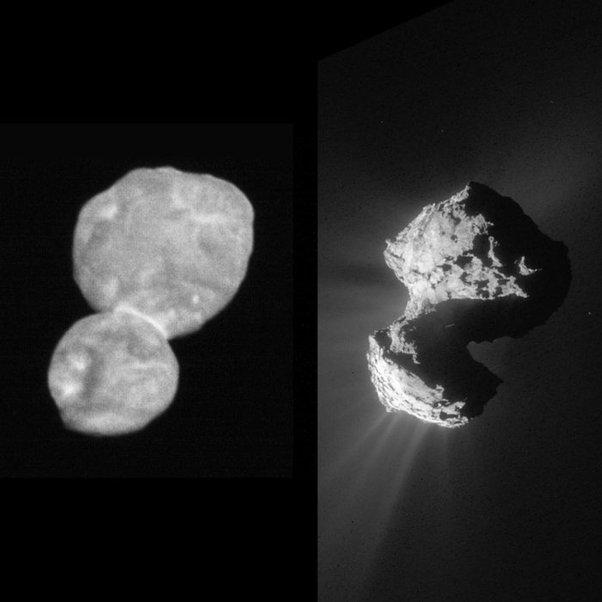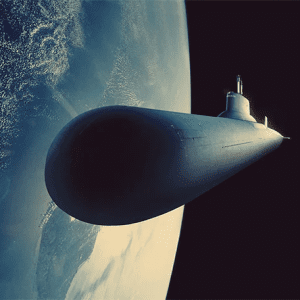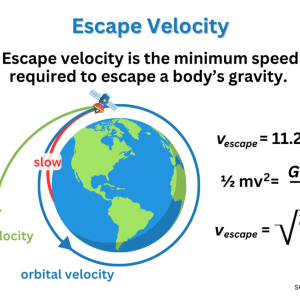his is the back side of Jupiter’s moon Callisto:
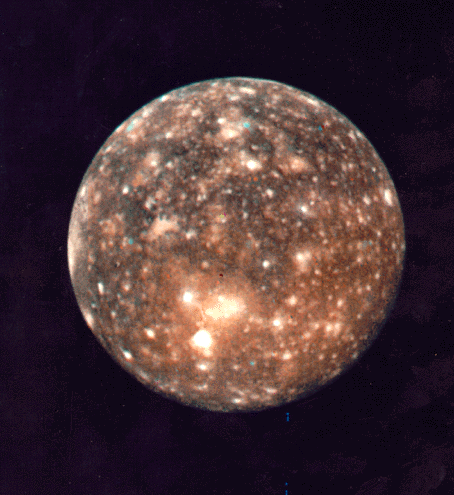
A dark, icy, cratered ball. Pretty much what they expected. And possibly the last thing in the Solar System that looked like we expected it to.
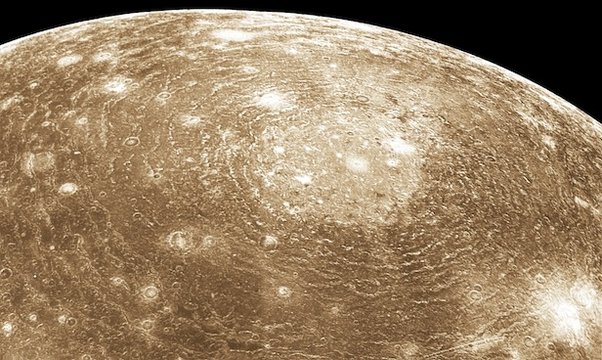
The other side has the champion multiple ring impact basin in the Solar System.
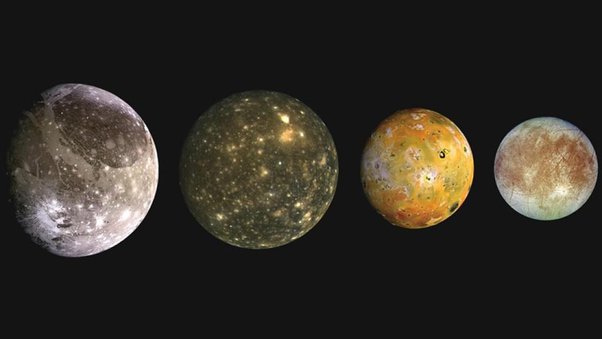
The rest of the big satellites were this weird zoo.
A good general rule in Solar System exploration is “expect the unexpected.” It was gratifying to see Ultima Thule was such a neat example of a contact binary, but it could just as easily been a single object or two or more objects in close orbit. Very few things in the Solar System have turned out to be predictable.
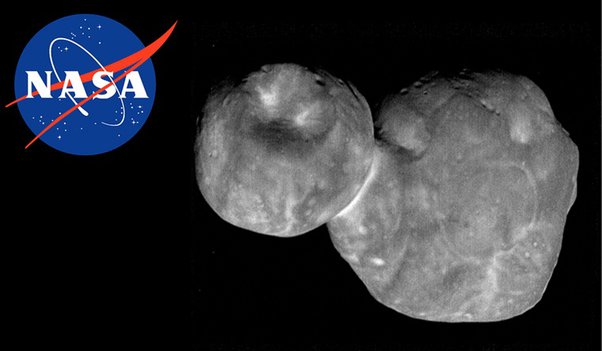
Ultima Thule
Because the cool thing about deep space exploration is to expect the unexpected!
That said, the double lobe feature of Ultima Thule wasn’t too much of a surprise. These remains of small body collisions are fairly common.
Compare Ultima Thule with Comet 67P, that recently was accompanied by the ESA Rosetta robotic orbiter as they passed through the orbits of the inner planets and around the sun. Ultima Thule is smoother because it hasn’t had a corrosive close encounter with our sun.
Update: “Ultima Thule” has been replaced by the official name Arrokoth, which means sky in the Powhatan and Algonquian languages.
